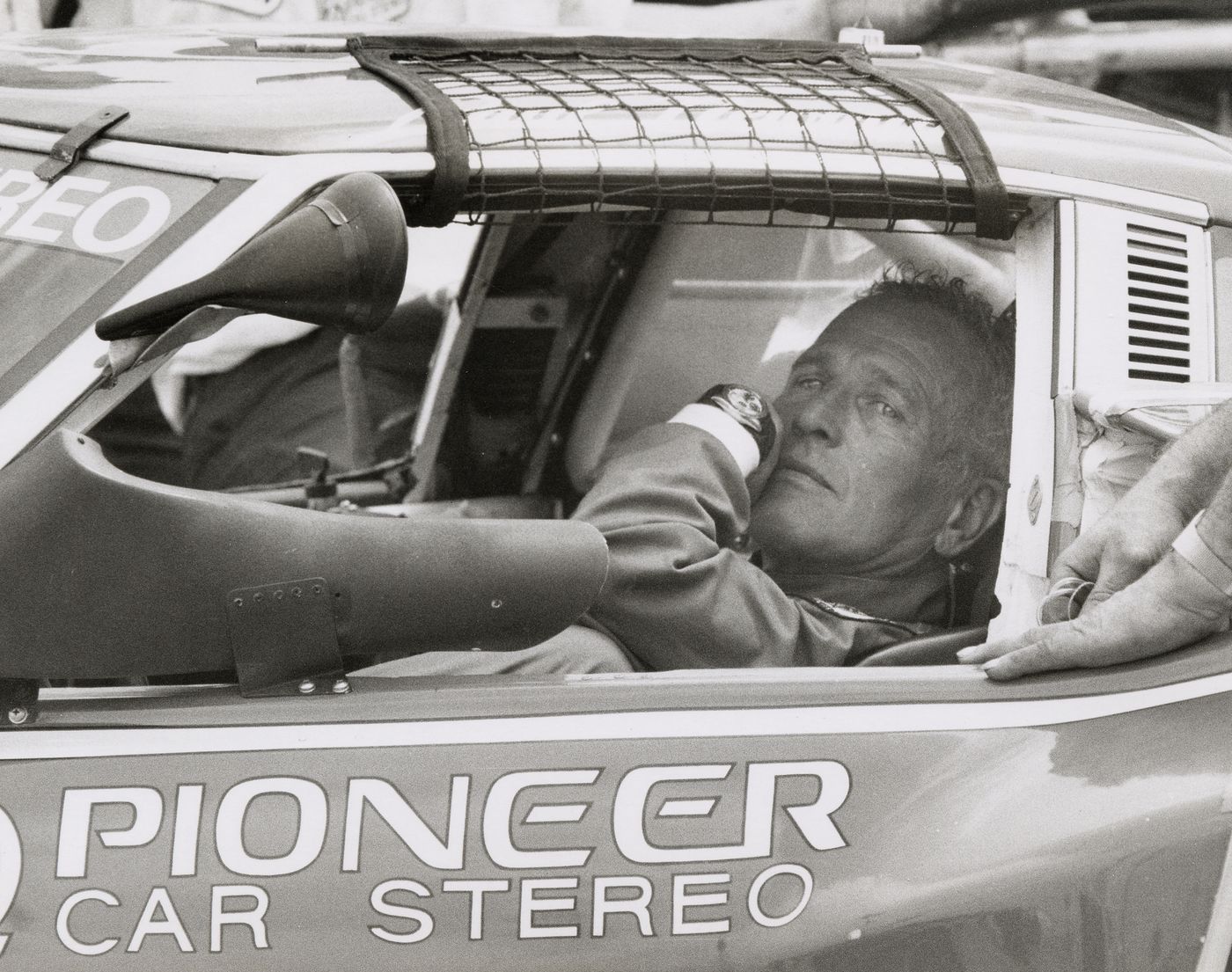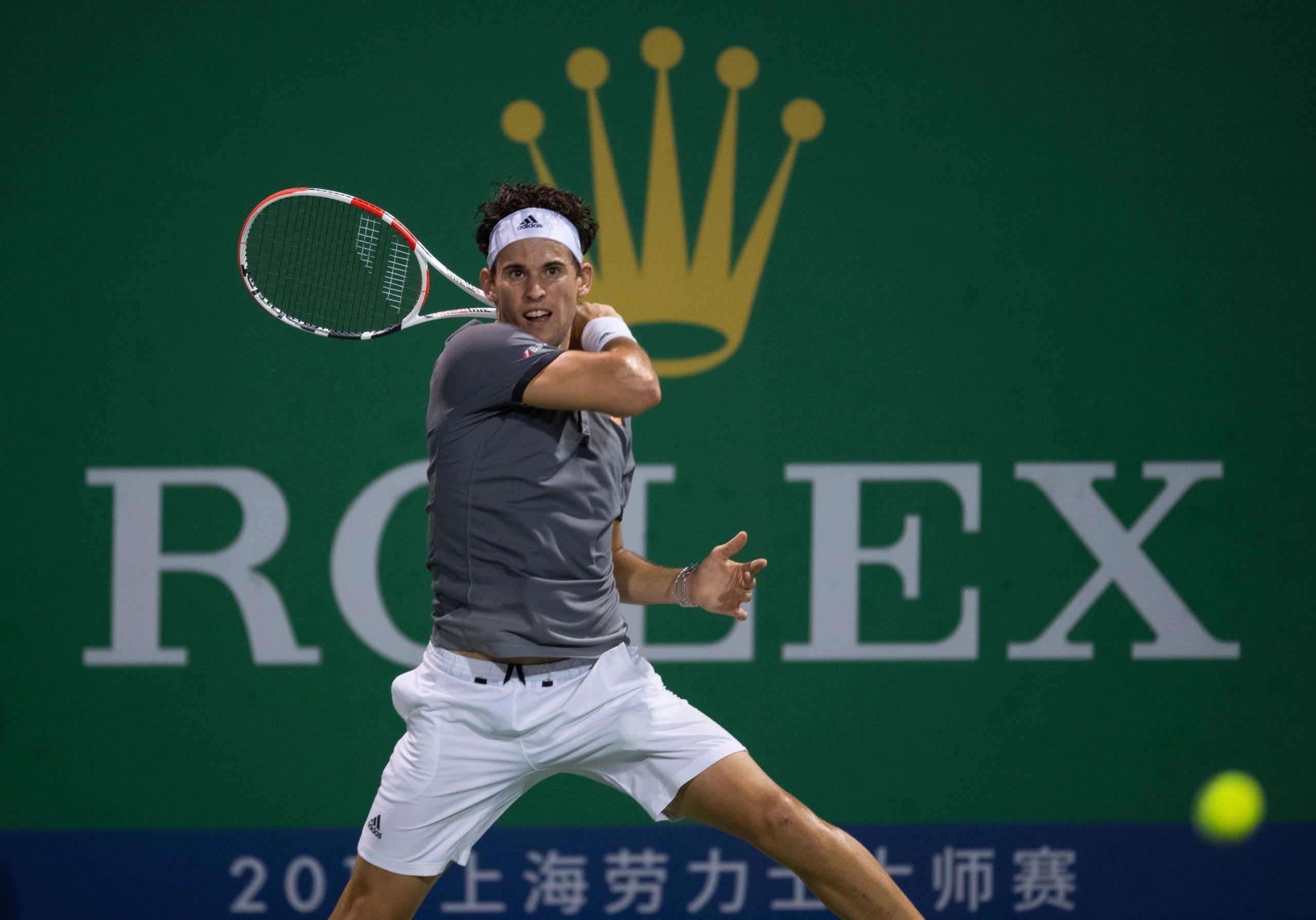How Rolex Mastered the Art of Marketing
The history of Rolex is as much about brand building as it is about watchmaking. Hans Wilsdorf, the company’s founder, understood early on that innovation alone wasn’t enough — the world had to see and believe those innovations. He gave simple, memorable names to breakthroughs like the “Oyster” case and “Perpetual” rotor, then proved them in public with daring demonstrations. Wilsdorf didn’t just create a watch brand, he engineered a marketing system that continues to define luxury nearly a century later.
That system plays out most clearly in three areas: ambassadors, sporting events, and pop culture. Together, they explain why Rolex is not only the best-known watch brand in the world, but also one of the most successful marketing stories in modern business.
Rolex Ambassadors

Rolex’s history of ambassadorship began in 1927 when Mercedes Gleitze swam the English Channel wearing a Rolex Oyster. Early figures like Gleitze and mountaineer Sir Edmund Hillary (the first to summit Everest alongside Tenzing Norgay) were more than just endorsers — they were proof that Rolex watches could survive where others couldn’t. These feats, carefully publicized by Wilsdorf, permanently tied Rolex to human achievement.
That formula carried forward into later decades. James Cameron’s descent to the bottom of the Mariana Trench echoed those same principles of proof and endurance. Beyond individual events, Rolex strategically placed watches on the wrists of public figures — gifting them to world leaders like Winston Churchill, Dwight D. Eisenhower, and Lyndon B. Johnson, then later aligning with athletes in sports favored by their target clientele: golf, Formula 1, skiing.

By the modern era, Rolex hardly needed to provide watches. Paul Newman famously wore his own Rolex watches by choice, cementing his name to the Daytona in the process. Today’s Testimonees — Tiger Woods, Roger Federer, even Michael Bublé — are less about testing function and more about radiating prestige. As Fratello’s Lex Stolk put it, they act as “cheerleaders” for Rolex.
The shift is telling: once Rolex needed ambassadors to prove capability; now ambassadors amplify status, feeding into the aspirational image that Rolex has created.
Rolex-Sponsored Sporting Events

Rolex doesn’t just sponsor individuals — it sponsors entire sports. Watch almost any tennis major and the green-and-gold crown dominates the backdrop. The same is true of golf’s Masters, endurance racing’s 24 Hours of Le Mans, and up until recently, numerous Formula 1 Grands Prix. Even equestrian events and regattas carry the Rolex name.

These aren’t random partnerships. They reflect Wilsdorf’s original principle: align with activities that resonate with Rolex’s audience. Many attendees at these events already know the brand, but global visibility is the real prize. Anyone who’s seen a Wimbledon broadcast or caught highlights of the Masters has been reminded of Rolex.
Importantly, Rolex is not just a sponsor but the timekeeper of many of these events. That subtle distinction matters — it positions Rolex as the literal arbiter of precision on the world stage. It’s marketing that doubles as symbolism.
Rolex Product Placement in Movies and TV
Unlike ambassadors or sporting events, Rolex’s presence in movies and television often required little effort. The most famous example is James Bond’s Submariner ref. 6538 in Dr. No (1962). Author Ian Fleming wore Rolex himself and wrote it into his novels, so putting Connery’s Bond in a Rolex was natural, not a paid placement.

That moment crystallized something Hans Wilsdorf had always worked toward: ubiquity. By the 1960s, Rolex was so synonymous with adventure and sophistication that it became the default cinematic shorthand. Today, the brand shows up in countless films and TV shows without direct involvement. The self-fulfilling cycle continues — ubiquity breeds ubiquity.
Today, this ubiquity continues to grow in a self-fulfilling way. Rolex watches are seen in countless movies and TV shows, the bulk of which have no connection to the brand whatsoever.
Final Thoughts
Hans Wilsdorf’s true genius was designing a system of marketing that could sustain itself. Early on, Rolex relied on public demonstrations and daring ambassadors to prove the Oyster’s toughness. That proof turned into prestige, prestige made Rolex the sponsor and timekeeper of the world’s most visible events, and ubiquity carried the brand into pop culture without even trying.
Other watchmakers have produced impressive complications, strong ad campaigns, and even truly timeless designs. But Rolex alone mastered the art of marketing as a discipline — one that began in the 1920s and still defines the brand today.









Leave a comment